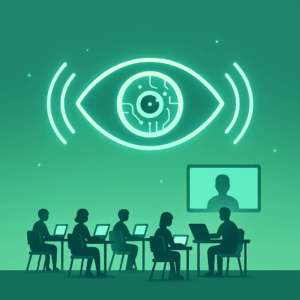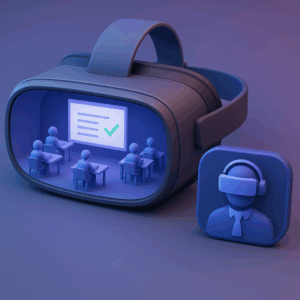Virtual reality (VR) has been gaining significant momentum in the past few years, and it is not hard to see why. VR can provide users with immersive experiences, unlike any other form of media. It has been used in various industries, from entertainment to healthcare, and education is no exception. VR in education has been slowly gaining traction, and it has the potential to revolutionize the way we learn. In this blog post, we will explore the benefits and possibilities of virtual reality in learning.
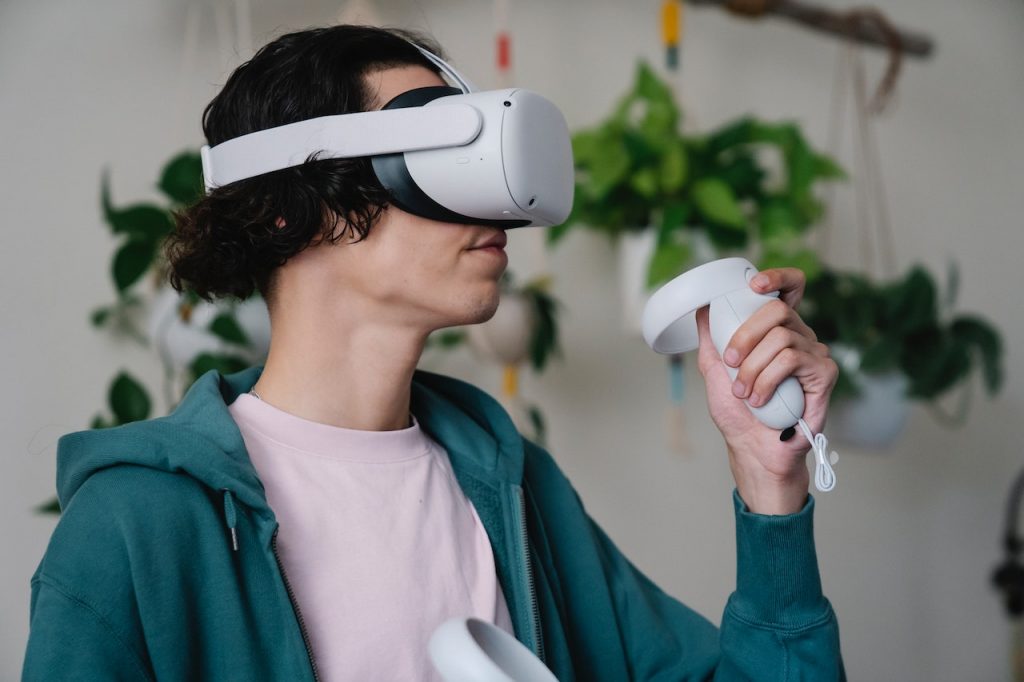
Understanding Virtual Reality
Virtual reality is an immersive technology that creates a simulated environment that mimics real life or a fictional world. VR often requires a headset or other equipment, allowing users to interact with the virtual environment. In a VR environment, users can explore and manipulate objects like in the real world. They can move around, interact with things, and communicate with other users in the same virtual space.
The Benefits of Virtual Reality in Education
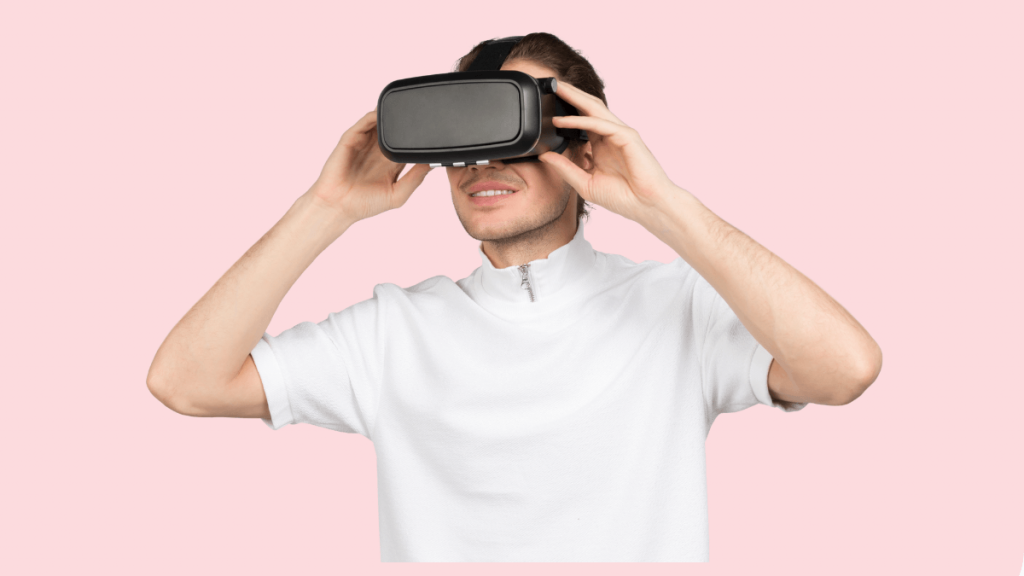
Virtual reality has the potential to transform the way we learn. It can provide an immersive and engaging experience that is unlike anything else. Here are some of the benefits of using virtual reality (VR) learning in education:
Enhanced Learning Experience
Virtual reality learning can provide an enhanced experience for students. It can create an immersive environment that allows students to explore and interact with concepts in a way that traditional learning methods cannot. For example, students can explore historical sites, go on virtual field trips, and even explore the human body in a way that was not possible before.
Improved Engagement
Virtual reality can improve student engagement by providing a more interactive and engaging experience. It can help students visualize and understand complex concepts in a way that traditional teaching methods cannot. VR learners can also help retain information, providing a more memorable and interactive learning experience.
Increased Accessibility
Virtual reality can also increase accessibility for students with difficulty accessing traditional learning methods. For example, students with disabilities or those who live in remote areas may have limited access to traditional educational resources. Virtual reality can provide these students with an immersive learning experience that can be accessed from anywhere.
Cost-Effective
Virtual reality can also be cost-effective in the long run. While the initial cost of implementing VR technology in education may be high, it can reduce costs in the long run by eliminating the need for physical resources such as textbooks and field trips.
The Possibilities of Virtual Reality in Education
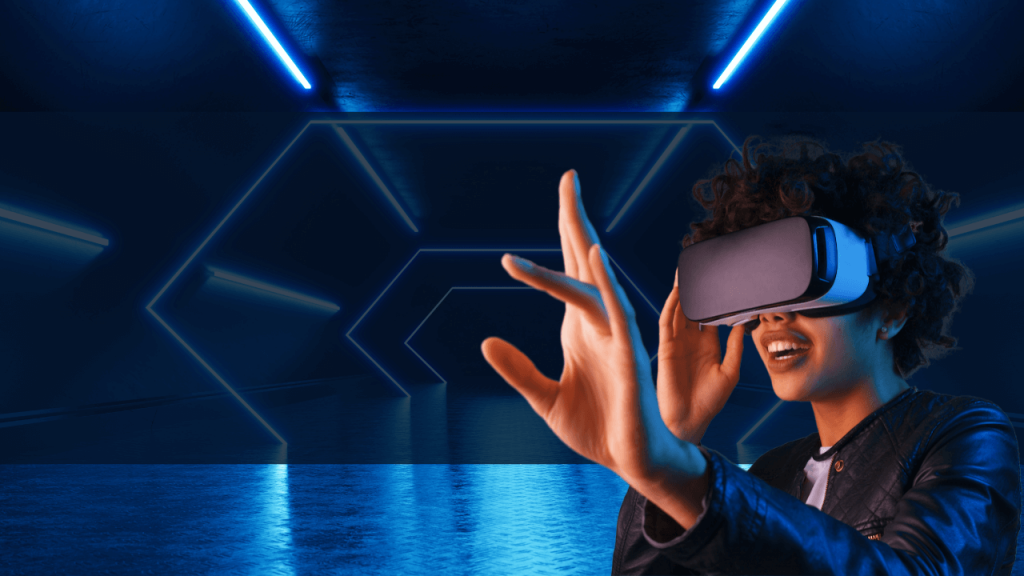
The possibilities of virtual reality in education are endless. Here are some of the ways virtual reality can be used in education:
Virtual Field Trips
Virtual reality can allow students to go on virtual field trips to places that may be difficult or impossible to visit in person. For example, students can visit historical sites, explore different ecosystems, or even travel to other countries and experience different cultures.
Simulation-Based Learning
Virtual reality can also be used for simulation-based learning. Students can simulate real-life scenarios and learn how to react to different situations. For example, medical students can use VR learners to practice surgeries, or engineering students can simulate various engineering projects.
Immersive Language Learning
Virtual reality can also be used for immersive language learning. Students can be immersed in a virtual environment to practice their language skills with native speakers. This can provide students with a more immersive and engaging language learning experience.
Collaborative Learning
Virtual reality can also be used for collaborative learning. Students can collaborate in a virtual environment and work on projects together. This can help students develop teamwork and communication skills essential in the real world.
Challenges of Virtual Reality in Education
Despite the benefits of virtual reality in education, some challenges need to be addressed. Here are some of the challenges of using virtual reality in education:
Cost
The initial cost of implementing virtual reality in education can be high. Schools may need to invest in expensive VR education apps and hardware, which can be a significant financial burden. Additionally, ongoing maintenance and updates may be required to keep the VR collaboration platform systems running smoothly.
Technical Limitations
Virtual reality technology is still evolving, and technical limitations may affect the quality of the VR experience. For example, some VR learning systems may have limited graphics capabilities or cannot track movements accurately. These limitations can affect the overall quality of the learning experience.
Safety Concerns
Virtual reality can create an immersive experience that can be both exciting and potentially dangerous. For example, students may become disoriented or experience motion sickness when using VR headsets. Additionally, there is a risk of tripping or colliding with objects in the real world while using VR systems.
Limited Access
Not all students may have access to virtual reality technology, which can create a digital divide between students with access to VR and those without. This can be a significant disadvantage for students who need access to these resources.
Integration with Curriculum
Integrating virtual reality into the curriculum can be challenging. Teachers may need to learn how to use the technology and incorporate it into their lesson plans. Additionally, virtual reality experiences must be aligned with learning objectives to be effective.
Conclusion
VR education applications can transform education by providing an immersive and engaging learning experience. It can enhance learning, improve student engagement, increase accessibility, and be cost-effective in the long run. However, some challenges need to be addressed, such as cost, technical limitations, safety concerns, limited access, and integration with the curriculum.
As virtual reality technology continues to evolve, it will be interesting to see what is the future of virtual reality in education? Along with other emerging technologies, such as the metaverse platform and augmented reality in classrooms, virtual reality can transform how we learn and teach, creating new and exciting opportunities for students and teachers alike.


